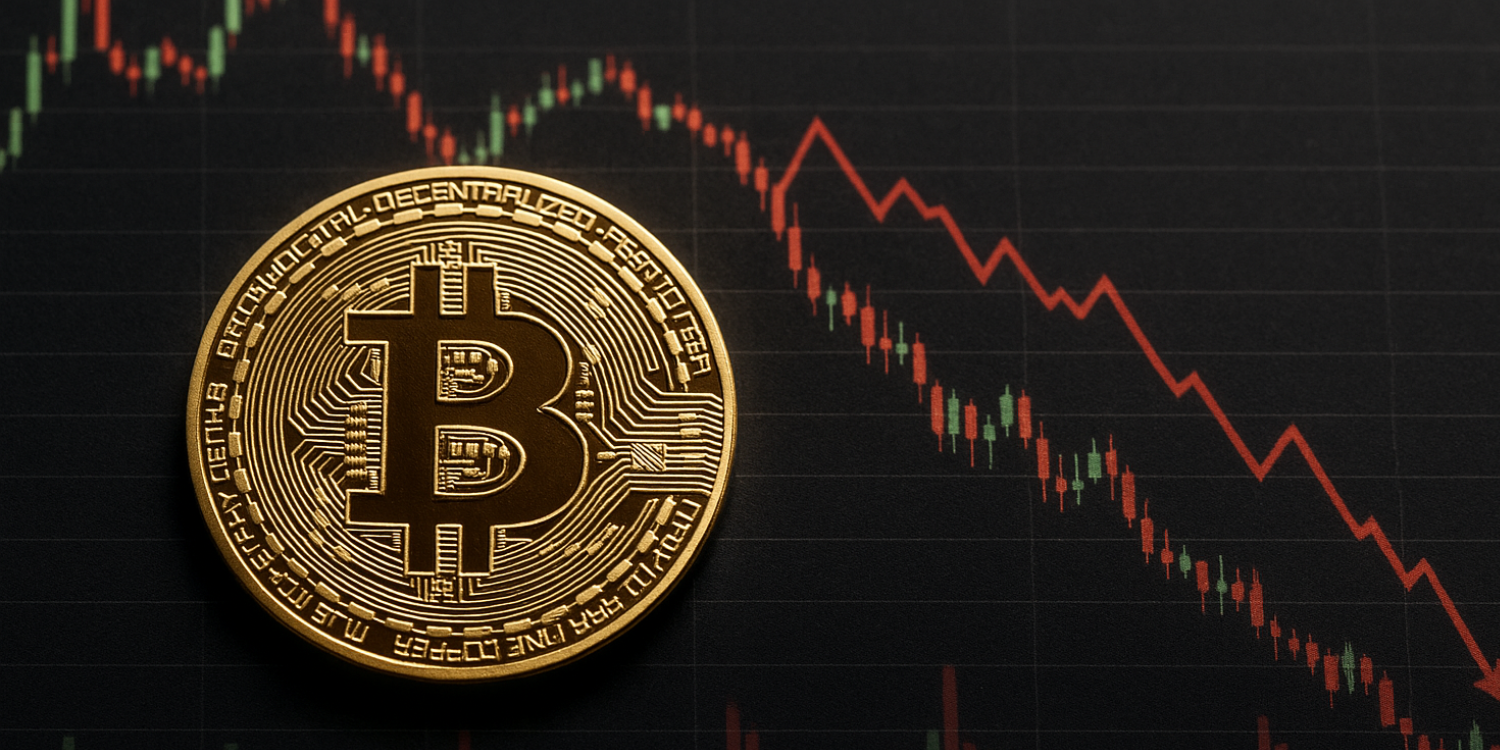In recent sessions, the Bitcoin / crypto space has seen turbulence — and a significant part of that has been driven by outflows from U.S. spot-Bitcoin ETFs. Reports indicate that these ETFs recorded net outflows in the magnitude of $400-500 million in a single day, ending a streak of inflows that had built momentum. Analysts see this as a warning sign: when institutional-backed vehicles see capital leaving, it can accelerate downward pressure on BTC itself.
One source pegged the exit figure at around $473 million for U.S. spot Bitcoin ETFs. In another, the figure of $530 million was cited as one of the largest single-day outflows. These are not trivial numbers: they’re large enough to influence market sentiment and move short-term trends.
At the same time, some observers note that after the heavy outflows, there’s been a reversal in certain windows — Bitcoin ETFs recently posted inflows again, with about $149 million flowing back in during one of the days. This contrast underscores how fickle capital can be in this space — entering aggressively, but exiting just as sharply.
Price Action & Technicals
Bitcoin’s price has responded to this capital ebb with weakness. From highs formed earlier, BTC slid — in some cases dipping below key psychological and technical levels. The outflows from ETFs add fuel to selling pressure; whenever institutional money moves, it sends signals to other market participants.
Additionally, the broader macro and risk environment is not entirely benign. Volatility in equities, shifting sentiment in macro risk assets, and changes in bond yields all feed into crypto’s gyrations. When markets rotate toward risk-off, Bitcoin often gets caught in the crossfire.
On technical charts, watchers will be keeping eyes on support zones near prior swing lows, moving-average trends, and volume behavior. A sustained break below certain levels could invite further cascading moves, especially if institutional players amplify their exits.
Underlying Drivers & Sentiment
To understand why capital is leaving, we must look at several contributing factors:
- Profit Taking & Portfolio Rebalancing
After runs higher, it’s natural for institutions to take chips off the table. Some outflows may simply represent rebalancing or locking in gains rather than outright pessimism. - “Fast Money” Nature of ETF Flows
A recurring concern in crypto circles is that ETF investors are relatively short-term — when momentum changes, they move quickly. This lends itself to volatility. Analysts often warn: inflows are great, but outflows can be brutal in drawing down momentum. - Regulatory, Macro & Interest Rate Risks
Crypto doesn’t exist in isolation. Central bank policy, inflation expectations, and macro surprises shift risk appetite. Higher yields or tighter monetary policy can draw capital away. Regulatory uncertainty around crypto jurisdictions adds another layer of caution. - Liquidity & Market Structure
The crypto market is still comparatively thin in many areas. Large outflows in ETFs may force liquidation in spot, futures, or derivatives markets, potentially triggering cascades of forced selling, liquidations, and volatility. - Rotation to Other Assets / Sectors
Capital is always rotating. At times, investment dollars may step out of cryptos and find refuge in safer assets or sectors perceived to offer better risk-adjusted return in the near term.
What This Means for Traders & Long-Term Holders
For Traders / Short-Term Players
- Watch ETF Flow Data Closely
Flow reports have become almost as important as price charts. Sudden stream inflows or outflows can anticipate short-term reversals. - Manage Risk & Position Sizing
In such an environment, overleveraging becomes dangerous. Use tighter stops, hedges, or scale exposure. - Trade With the Liquidity
Be mindful of market-wide liquidity, sentiment indicators, liquidation levels, and crowded trades. Abrupt reversals can punish those on the wrong side.
For Medium & Long-Term Holders
- Don’t Overreact to One-Day Noise
Large outflows are meaningful, but unless they represent a trend shift in institutional conviction, they might just be short-term turbulence. - Watch for Accumulation Zones
Downtrends often reveal areas where strong hands or institutional players are accumulating. Identifying those zones can offer better risk-reward entries. - Focus on Fundamentals & Adoption
Over months or years, institutional adoption, regulatory clarity, real-world use cases, and technological progress will matter more than daily fund flows. - Diversify and Hedge
Given the volatility triggered by large capital moves, having hedges or parallel strategies helps reduce existential risk.
Outlook & Key Levels to Watch
If ETF outflows continue or intensify, they could push BTC lower into a zone where even contrarian buyers pause. Conversely, if inflows resume and sustainability returns, it could rekindle momentum.
Key levels for observers might include prior support (e.g. prior swing lows or consolidation zones), moving averages (50, 100, 200-period), and volume benchmarks. A decisive hold above resistance during renewed inflow phases would serve as more convincing confirmation for bulls.
Another factor to watch is how flows in Ethereum-related funds evolve. If capital starts favoring ETH or altcoins instead of BTC, we might see divergence in strengths.
Finally, sentiment — both on-chain (on exchanges, wallet flows) and off-chain (market news, macro)** — must be tracked. The interplay of flows, price, and perception tends to shape short- to medium-term trajectories.











